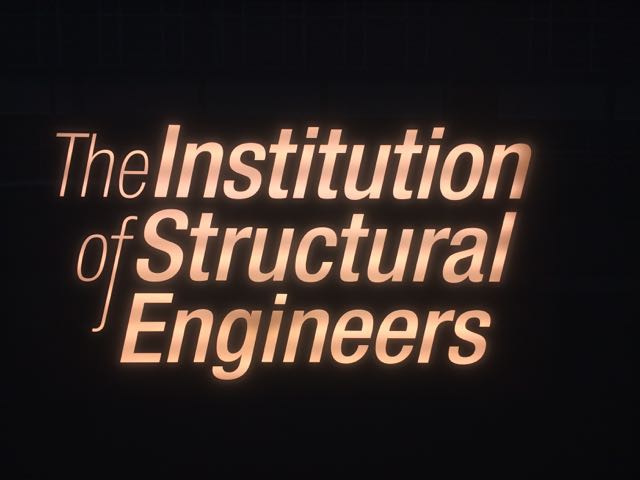There was great energy at today’s IStructE Academics’ Conference, the theme of which was Creativity and Conceptual Design.
If you are visiting this site for the first time, it may have been thanks to Chris Wise’s kind recommendation in his keynote presentation – thanks so much Chris.
I presented a session on how to have ideas. Usually when I’m billed with this title, I run a workshop on idea generation, but I thought for once, I would stand up and say what I think about the subject. I’m glad I did because it seemed warmly received. It was also a chance to talk through themes that will be included in the chapter I am writing in a book on scheme design – more details to follow.
Much of what I spoke about revisits themes I’ve written about preciously here. Below are the key points, and related posts on these matters
Four principles I keep in mind when working on idea generation
- An idea is a new connection between existing elements in the mind
- We can think of idea generation as filling and turning a kaleidoscope, or as I call it, the Kalideascope (see How to have ideas – guidance for engineers and other humans)
- Creativity emerges as part of a system that can be nurtured (see 9 ways to build creativity in your organisation).
- Keep in mind the role of the subconscious.
Skills for teaching design
I had a go at sketching out how particular skills support different stages of conceptual design. This is an initial stab – much more work to be done on this in future.
Secretly teaching design
People complain to me that there isn’t time to include all this new material in their curricula, to which I counter much of what is needed is already covered – it just needs to be pointed out, joined together, and its use made clear. More on this here.
You only learn when you do something difficult
I am an advocate of problem-based learning, of which one of the key principles is learning through overcoming challenges. I’ve posted 12 videos in which I discuss with Prof Søren Willert princples of problem-based learning.
In today’s session I challenged academic staff to learn through doing, by setting their own stretch target in their teaching, and developing an action plan for implementing and tracking their progress.
You can read more about the Problem-Based Learning training I’ve been doing this year at Think Up as part of the Enginite progrramme here.
More posts on these themes:
- Not just a post but half the equation: conceptual design in engineering teaching (On the IStructE website)
- JP Flintoff meta podacst episode – saving the world one creative project at a time.
Upcoming training
Check out the IStructE CPD page for the conceptual design courses I am running there.


Leave a Reply